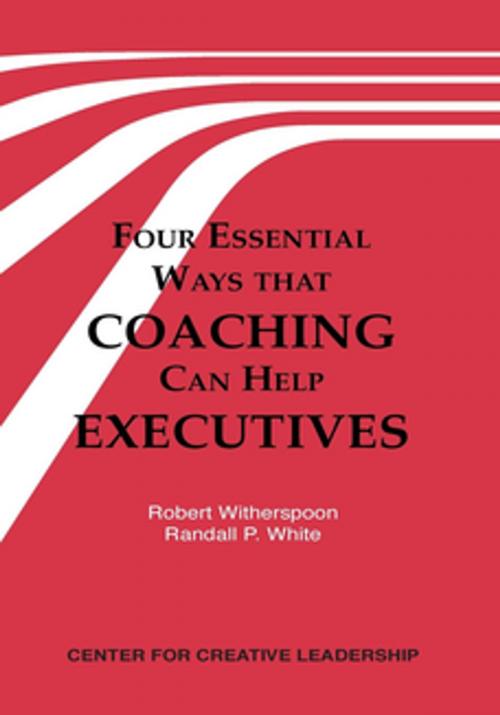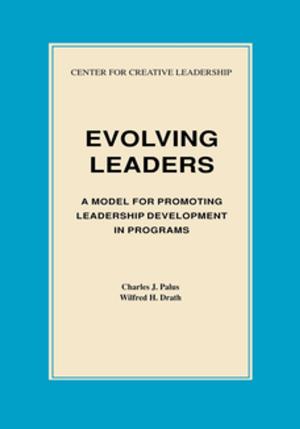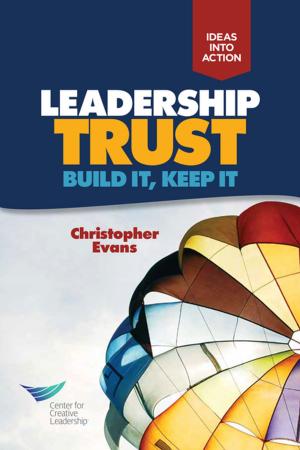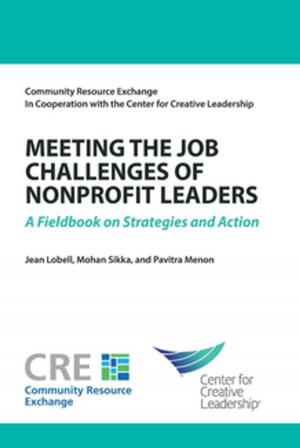Four Essential Ways that Coaching Can Help Executives
Business & Finance, Business Reference, Education, Management & Leadership, Leadership, Management| Author: | Witherspoon, White | ISBN: | 9781604916935 |
| Publisher: | Center for Creative Leadership | Publication: | January 1, 1997 |
| Imprint: | Center for Creative Leadership | Language: | English |
| Author: | Witherspoon, White |
| ISBN: | 9781604916935 |
| Publisher: | Center for Creative Leadership |
| Publication: | January 1, 1997 |
| Imprint: | Center for Creative Leadership |
| Language: | English |
Some executives use coaching to learn specific skills, others to improve performance on the job or to prepare for career moves in business or professional life. Still others see coaching as a way to support broader purposes such as an agenda for major organizational change. To an outsider, these coaching situations may look similar. All are based on an ongoing, confidential, one-on-one relationship between coach and executive. Yet each coaching situation is different, and these distinctions are important to recognize--if only to foster informed choice by everyone involved. This report explores key distinguishing factors among coaching situations, and defines four distinctly different coaching roles. Case examples explore how these roles apply to common coaching issues facing executives and their organizations today.
Some executives use coaching to learn specific skills, others to improve performance on the job or to prepare for career moves in business or professional life. Still others see coaching as a way to support broader purposes such as an agenda for major organizational change. To an outsider, these coaching situations may look similar. All are based on an ongoing, confidential, one-on-one relationship between coach and executive. Yet each coaching situation is different, and these distinctions are important to recognize--if only to foster informed choice by everyone involved. This report explores key distinguishing factors among coaching situations, and defines four distinctly different coaching roles. Case examples explore how these roles apply to common coaching issues facing executives and their organizations today.















